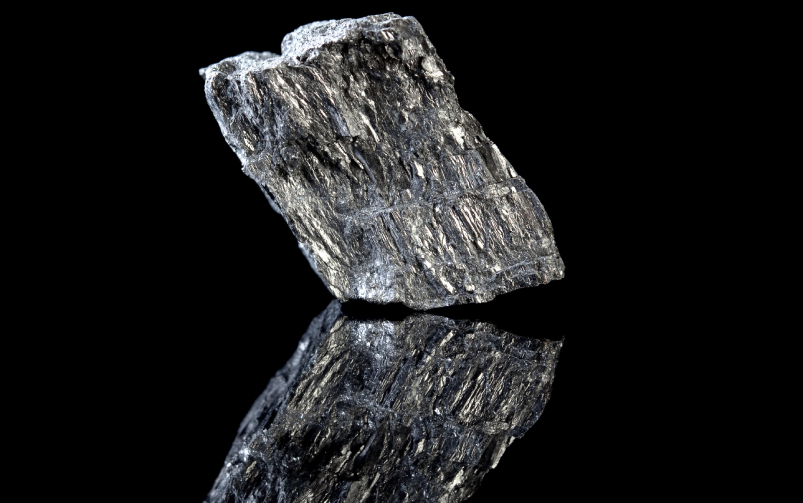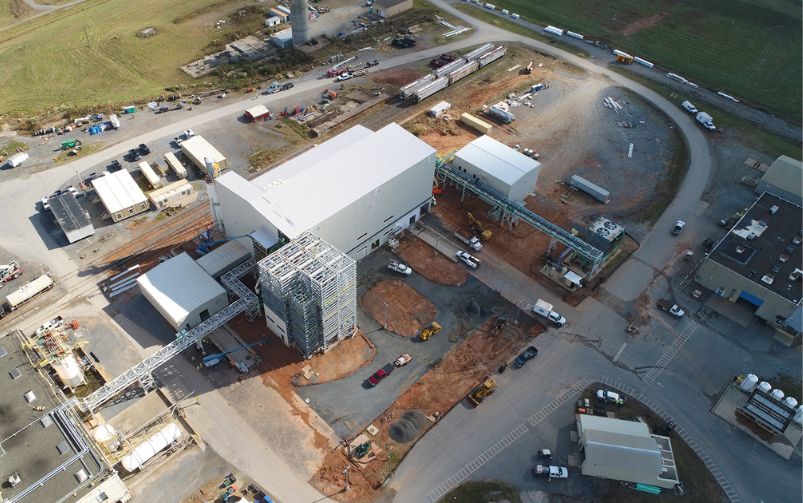China-based Sinomine Resources Group is reviving the idea of an open-pit operation in Manitoba to extract more cesium from its Tanco mine. Courtesy of Tanco.
Welcome back to your weekly mining news recap, where we catch you up on some of the news you may have missed. This week’s headlines include $3 million in funding from the Quebec government for asbestos mine tailings research, a new study revealing the vulnerability of mine workers to opioid-related harms and a step forward for the construction of Artemis Gold’s Blackwater project.
CIM Magazine has unveiled its 2023 Names to Know, a yearly feature that highlights people leaving their mark on the mining industry. This year, the list includes Nadja Kunz, a professor striving to bridge the divide between the social, technical and financial concerns of mining operations; the Honourable Patricia C. Hennessy, a judge presiding over a critical Indigenous rights case in Ontario and Kristan Straub, the man charged with shepherding a generational project to production in that province.
The Mining Association of Canada (MAC) expressed its concern about the impacts the British Columbia port strikes are having on the Canadian mining industry and economy. MAC is calling for immediate action from the federal government to end the strike, which is impacting some 30 ports in B.C. About 7,400 dock workers have been on strike since July 1, as talks remain deadlocked between the International Longshore and Warehouse Union and the BC Maritime Employers Association over wages, automation and contracting out.
Starting Aug. 1, China will impose export restrictions on certain gallium and germanium products to protect its national security interests, as reported by Reuters. China produces about 60 per cent of the world’s germanium and exported 43.7 tonnes of it last year. The country also produces about 80 per cent of the world’s gallium and exported around 94 tonnes of it last year. The metals, which are both classified as critical minerals in Canada, are used in computer chips and other products. Teck Resources produces the largest supply of North American germanium from its Trail smelter in B.C.
The Université de Sherbrooke has received $3 million in funding from the Quebec government to create a research group that investigates recovering magnesium and nickel from asbestos tailings. The aim is to increase knowledge on the concentration and processing of the minerals from the tailings and the findings will be made available to the public. The university is in a strategic location for the research group as it is near 800 million tonnes of asbestos tailings from past producing asbestos mine sites.
A new study has shown that workers in mining, construction and forestry with previous injuries are more likely to be admitted to the emergency room or hospitalized due to opioid-related harm than workers in other sectors in Ontario, as reported by Northern Business Ontario. The study examined the data of 1.7 million Ontario workers with previous injuries through the Occupational Disease Surveillance System (ODSS). The researchers theorized that workers who are injured are more likely to use opioids to cope with the associated pain, making them vulnerable to both poisonings as well as mental and behavioural disorders.
The Yukon government stated that Minto Metals, the company that abandoned the Minto copper mine in Yukon back in May, has not paid mining royalties in two years, as reported by the CBC. From 2021 to 2022, the company owes nearly $2.5 million in unpaid royalties. Minto has until October to pay the 2022 unpaid royalties without penalty, while it owes almost $200,000 in late penalties and interest on the 2021 amount. A statement of claim filed to the Yukon Supreme Court last week by the Department of Energy, Mines and Resources asked the court to order Minto to pay the royalties and cover the cost of legal action.
Chinese miner Sinomine Resource Group, which has owned the Tanco mine in eastern Manitoba since 2019, is reviving the idea of transitioning to open-pit mining to extract more cesium, as reported by the CBC. Tanco is one of a handful of mines that produces the metal—classified as a critical mineral since Sinomine’s acquisition—that is used in oil and gas drilling, medical imaging and other hi-tech applications. The cesium that is left at Tanco is currently embedded in vertical columns that hold up the roof of the underground mine. The previous owner of the mine approached the province with a similar plan a decade ago, which included partially draining a lake, but it was rejected.
Artemis Gold has obtained a permit from Fisheries and Oceans Canada, which allows the company to begin in-stream construction at its Blackwater gold project in B.C. The permit authorizes the company to build water diversion structures and dams in the Davidson Creek valley, which runs though the basin of the Blackwater tailings storage facility. Once in production, Artemis stated the open-pit mine will be one of the largest gold mines in the province. The company anticipates pouring first gold in the second half of 2024.
Earlier this year, the Ontario government adopted stricter regulations around exposure to diesel engine exhaust (DEE) in underground mines, but health and safety advocates state it is not enough, wrote Matthew Parizot in the June/July issue of CIM Magazine. The occupational exposure limit was reduced from 0.4 milligrams per cubic metre to 0.12 mg/m3, and mining companies have until Sept. 1 to comply with the new regulations. Experts said the DEE exposure regulations need to be reduced even further to 0.02 mg/m3 to prevent cancer and other severe health effects.
De Beers and Botswana have entered into a 10-year diamond sales deal that would gradually increase the share of gems Botswana gets from Debswana, its joint venture with De Beers, as reported by Reuters. Once the new contract starts, Botswana’s state-owned Okavango Diamond Co. will receive 30 per cent of Debswana’s rough diamond production, ramping up to 50 per cent in 2033, up from the 25 per cent it currently receives.
That’s all for this week. If you’ve got feedback, you can always reach us at editor@cim.org. If you’ve got something to add, why not join the conversation on our Facebook, Twitter, LinkedIn, or Instagram pages?




